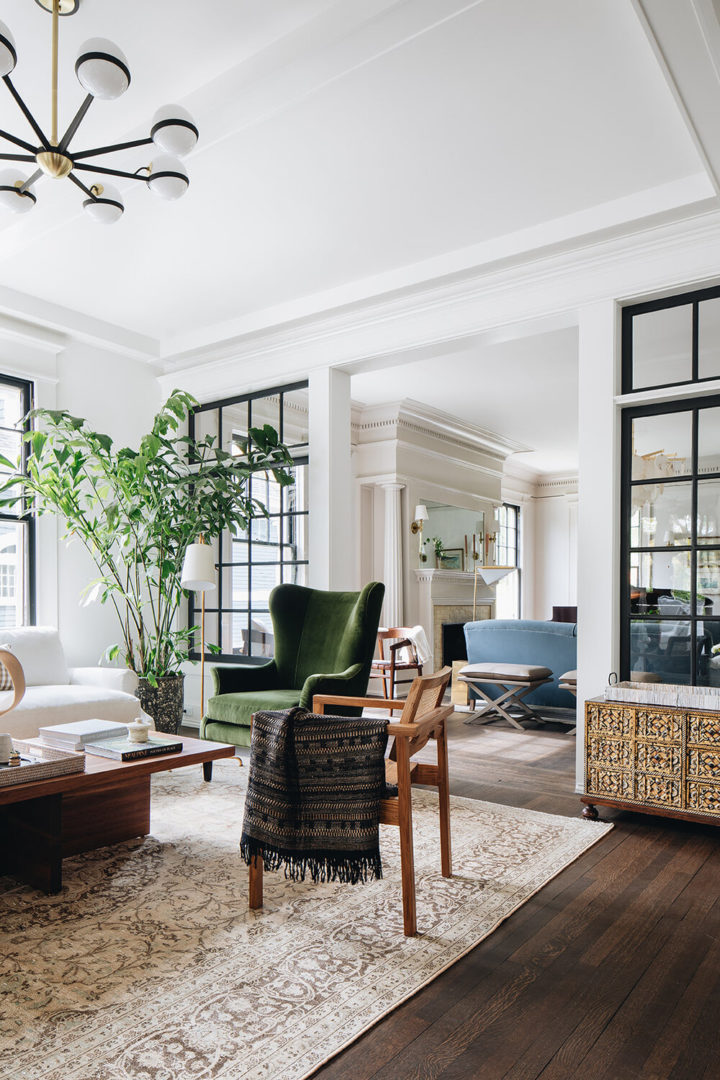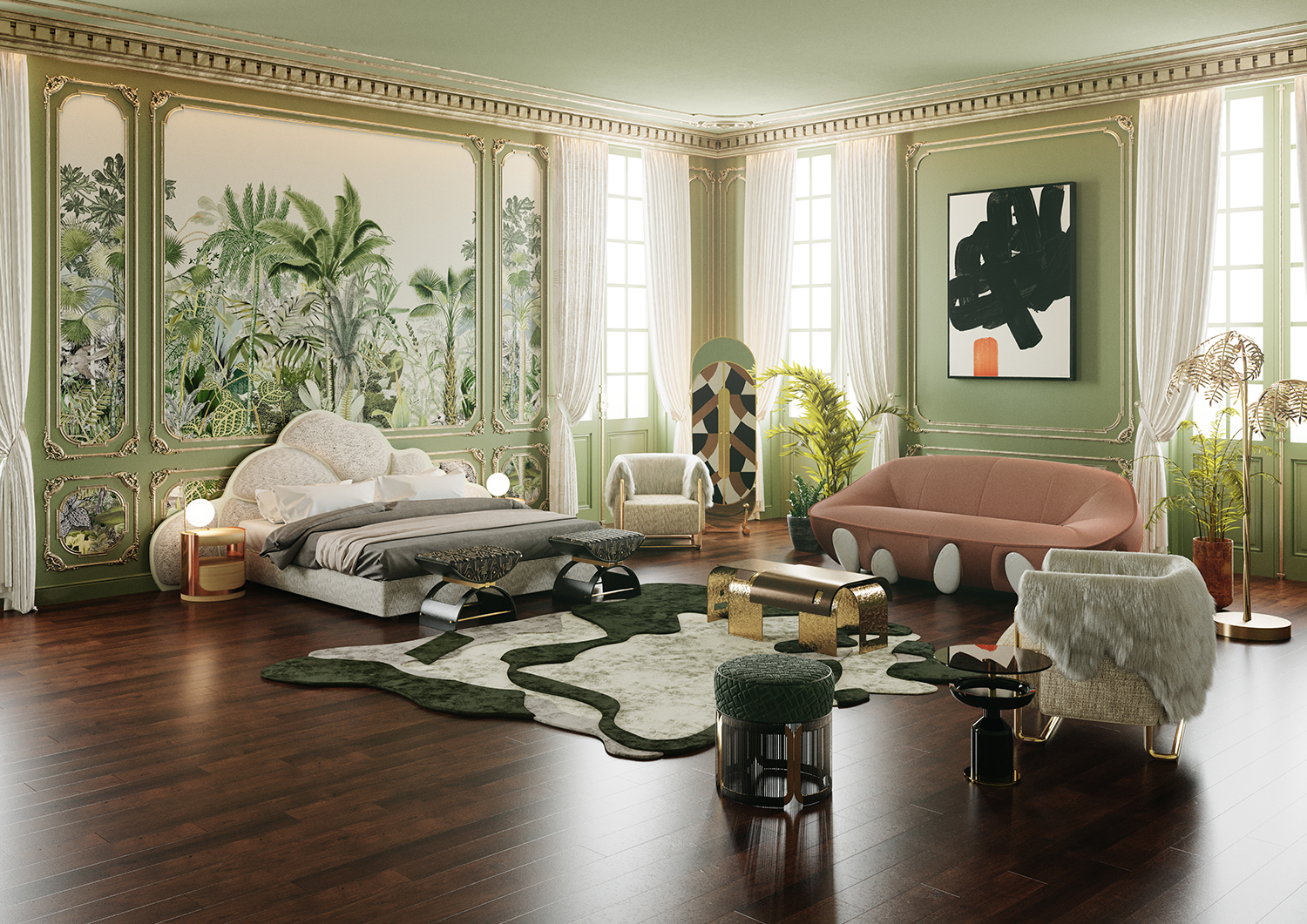Partner with expert interior design firms for a customized aesthetic.
Partner with expert interior design firms for a customized aesthetic.
Blog Article
Transform Your Home With Vital Principles of Inside Style and Looks
By comprehending the effect of color theory and the relevance of structure and patterns, one can create rooms that are not just aesthetically appealing yet also deeply individual. Accomplishing this equilibrium includes even more than mere decoration; it encompasses a critical plan and a keen understanding of exactly how each aspect engages within an area.
Recognizing Shade Concept
Shade concept is a fundamental aspect of interior decoration that dramatically affects mood, perception, and overall aesthetic. Understanding the principles of color theory allows developers to create rooms that reverberate emotionally with occupants while fulfilling functional demands (luxury interior design). Colors can be categorized into 3 main kinds: primary, secondary, and tertiary. Each classification plays an essential function in establishing consistency within a room.
The psychological impact of shades is extensive; cozy shades such as reds and oranges evoke power and heat, while trendy tones like blues and environment-friendlies promote calmness and tranquility. The use of corresponding shades enhances visual passion, developing striking contrasts that can boost an area's charm.
Neutral shades, on the various other hand, act as a versatile background, permitting other layout elements to beam. It is crucial to think about factors such as illumination and the area's function when picking a color combination, as these can modify the perception of shades throughout the day.
Ultimately, a well-considered color pattern can transform a room, fostering a feeling of comfort and style that straightens with the occupants' preferences. Mastery of shade concept is, for that reason, a crucial ability for any type of indoor designer aiming to develop harmonious and welcoming environments.
Accomplishing Equilibrium in Style
How can developers accomplish a sense of equilibrium in their rooms? Accomplishing equilibrium in style is basic to creating harmonious interiors. Developers can utilize three main kinds of equilibrium: symmetrical, unbalanced, and radial. In proportion equilibrium includes setting up components equally around a central point, fostering a sense of order and peace. This kind typically includes pairs of furniture or artwork, enhancing aesthetic security.
Unbalanced equilibrium, on the other hand, counts on differing elements that still attain a natural look. This method enables more vibrant and casual plans, offering interest while keeping stability. By very carefully choosing varying dimensions, colors, and textures, developers can develop a visually engaging area that feels well balanced yet energetic.
Radial equilibrium highlights a central prime focus with aspects radiating external. This style is commonly seen in round layouts, where furnishings and design create a natural surround that attracts the eye inward.
Ultimately, attaining balance requires thoughtful factor to consider of scale, percentage, and the relationships in between aspects. miami interior design. By masterfully applying these equilibrium principles, developers can transform rooms into atmospheres that really feel both visually pleasing and functionally unified, enhancing the general experience for occupants
Value of Spatial Recognition

An eager feeling of spatial recognition enables developers to recognize centerpieces within a room, guiding the audience's interest to crucial functions while keeping an overall sense of unity. It also aids in the calculated positioning of illumination, which can significantly influence the click for source understanding of room and state of mind. Comprehending spatial partnerships makes it possible for the developer to provide to the details demands of occupants, making certain that each area serves its designated purpose without compromising appearances.
Inevitably, spatial recognition is vital for maximizing the capacity of any interior space. By very carefully taking into consideration the interplay in between dimensions, format, and function, developers can create settings that not only fulfill useful needs however check this additionally evoke a feeling of comfort and elegance, improving the total living experience.
Incorporating Appearance and Patterns
Embracing a varied range of structures and patterns can significantly improve the aesthetic and tactile charm of an indoor space. The critical use various materials-- such as timber, steel, fabric, and stone-- develops deepness and interest, making a space really feel extra inviting and vibrant. Incorporating smooth surfaces with rough textures can establish a balance that draws the eye and engages the senses.
When integrating patterns, take into consideration both range and repetition. Large patterns can act as prime focus, while smaller, subtle layouts can enhance various other components without overwhelming the space. Layering patterns, such as pairing floral cushions with striped throws, adds complexity and a sense of harmony if carried out attentively.
It is additionally crucial to keep a cohesive color combination, making certain that textures and patterns collaborate instead of compete for interest. By selecting a couple of crucial textures and patterns, you can develop a linked aesthetic that mirrors your personal design while improving the total atmosphere of the room. Eventually, the careful unification of these elements can change a mundane area right into an advanced setting rich with personality and warmth.
Individualizing Your Area
Developing a space that mirrors your character is crucial to achieving an absolutely welcoming environment. Customization in interior decoration enables you to instill your unique style and passions into your home, transforming it from a simple sanctuary right into a shelter that speaks with who important site you are. Begin by picking a shade palette that resonates with your emotions-- strong tones can energize, while soft tones use tranquility.
Incorporate artwork and decoration that mirror your interests, whether it be traveling, nature, or abstract principles. Presenting individual collections, such as publications, photographs, or souvenirs, can evoke treasured memories and produce focal factors within an area. In addition, consider customizing useful pieces, like upholstered furnishings, to align with your visual choices.

Final Thought
In final thought, the change of a home via the crucial concepts of interior decoration and looks demands an extensive understanding of shade theory, equilibrium, spatial awareness, appearance, and personalization. Each component contributes dramatically to producing an unified and functional living atmosphere - miami interior design. By thoughtfully incorporating these principles, people can enhance the visual allure and emotional resonance of their rooms, ultimately promoting a home that mirrors distinct identities while providing convenience and practicality
Report this page